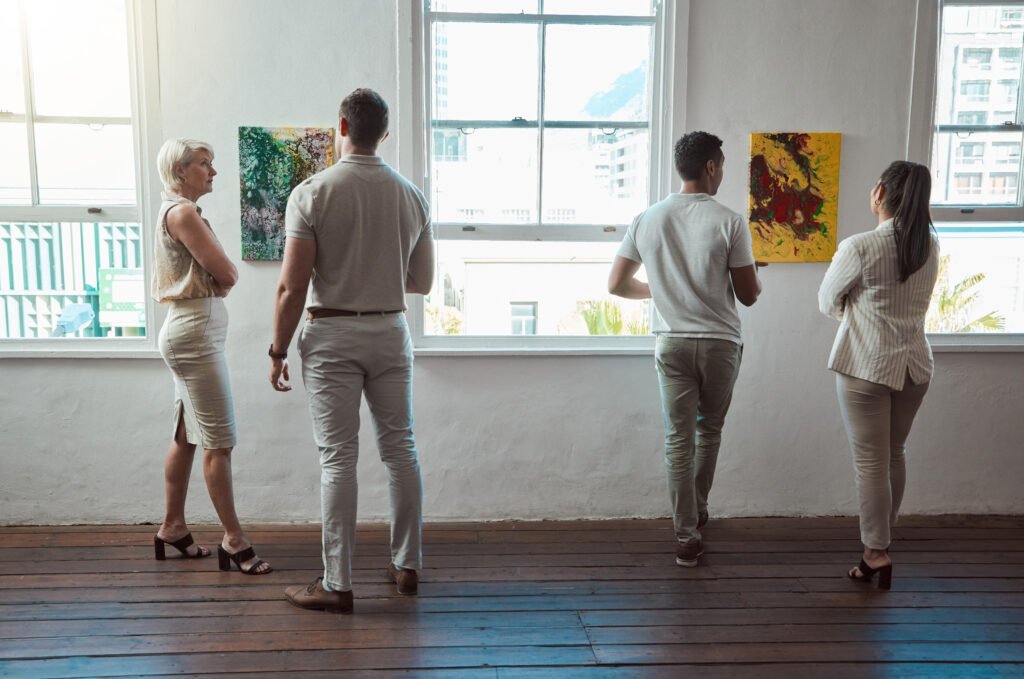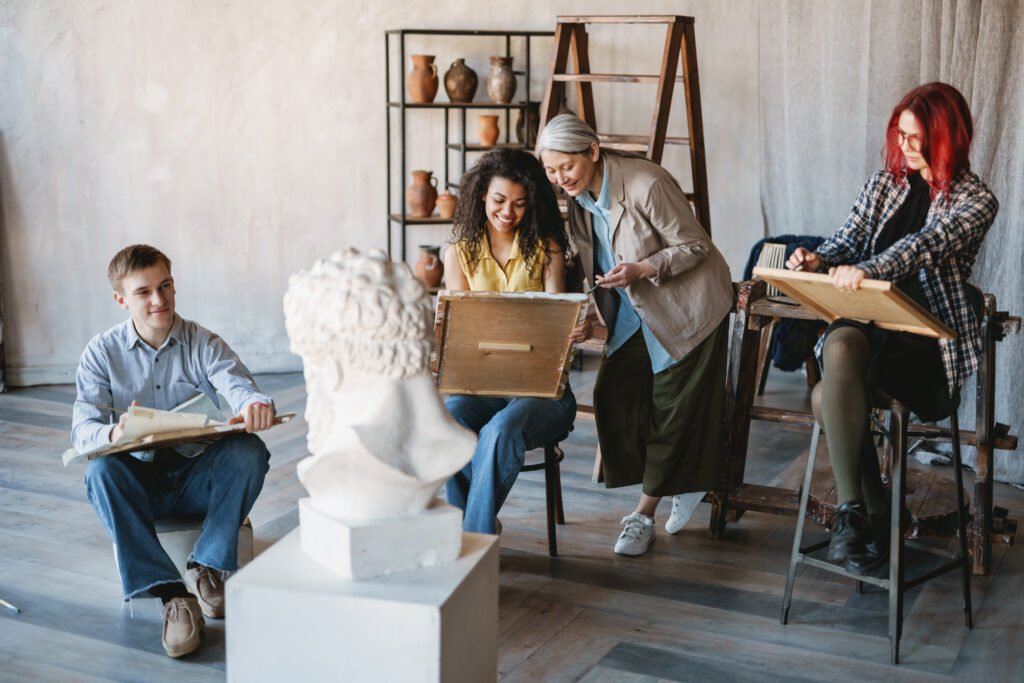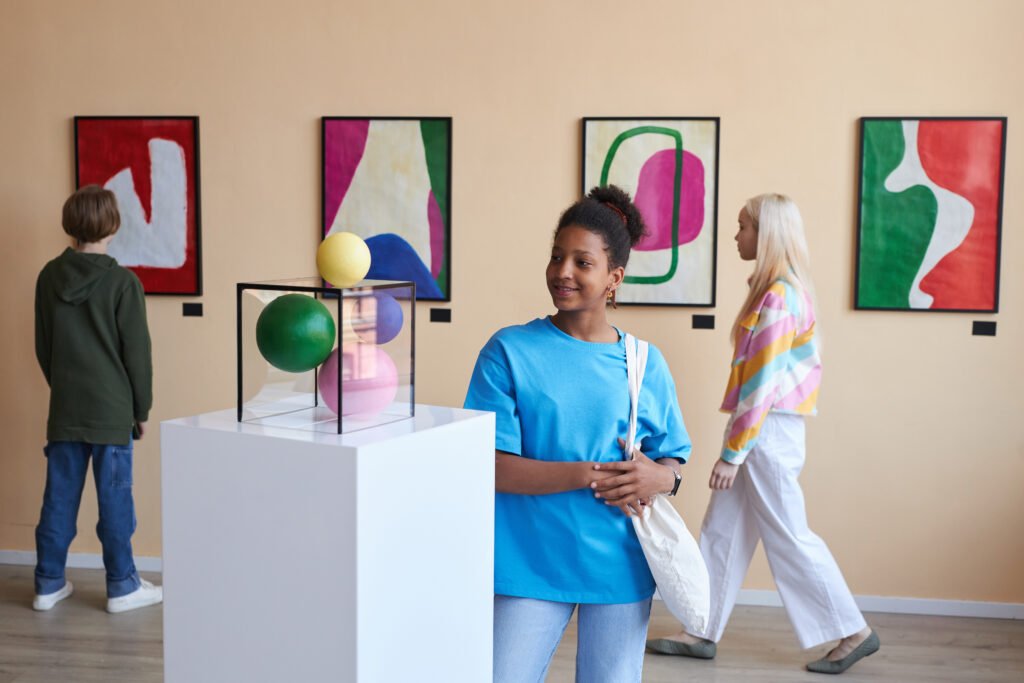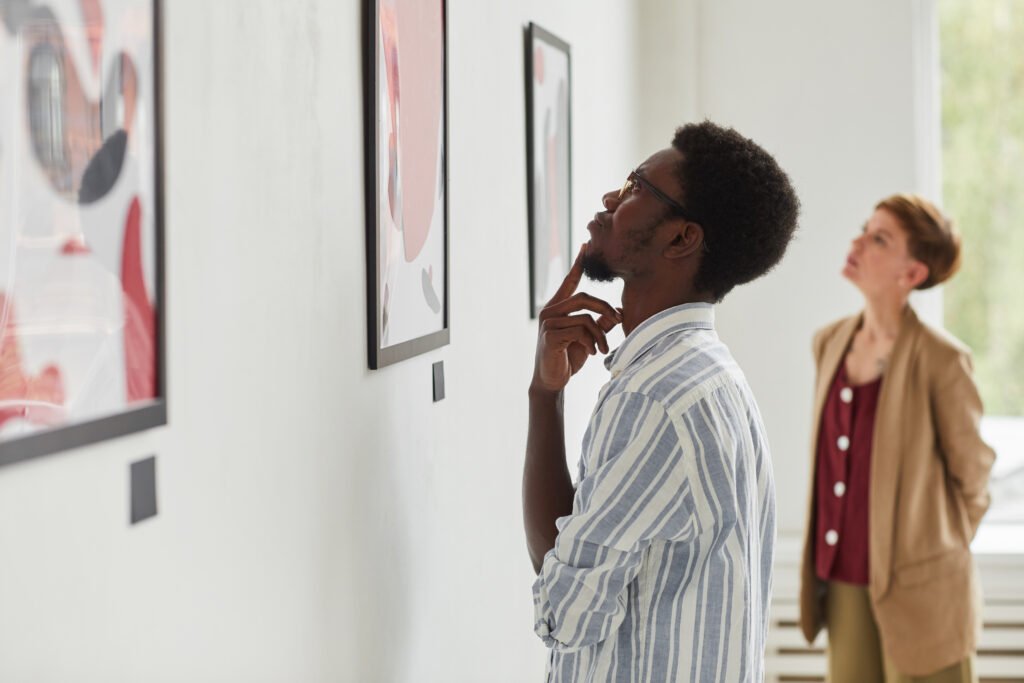There are many reasons why people invest in the art market. Financial return is certainly one of them. However, recent studies and industry data show that what moves many collectors today is something deeper: the emotional experience. The art market has become a kind of refuge for those seeking meaning, beauty, and a personal connection with their assets.
This combination of passion and profitability has attracted a new generation of buyers. These are investors who, in addition to financial growth, want to build collections that reflect their values, personality, and vision of the world.
Art Market: An Asset That Speaks to the Soul
Unlike stocks or cryptocurrencies, a work of art can be admired daily, transforming the space it occupies. According to the study Emotional Returns of Art Investment, by Maastricht University, published in 2021, many buyers feel a sense of emotional satisfaction and status when they purchase and display artworks.

This emotional return is particularly visible when it comes to abstract art. Abstract compositions stimulate the imagination, allow for multiple interpretations, and connect with the observer in a unique way. That’s why many prefer to buy abstract art for both investment and home decoration.
In addition, emotional appreciation often increases over time. A painting that evokes admiration today may, over the years, gain personal significance or become part of family traditions. All this strengthens the emotional value of the piece—and, in many cases, also its market value.
Abstract Art and the New Wave of Collectors
The abstract art market has been gaining strength among modern investors. This happens not only because of its visual appeal but also because it is a segment with growing demand and low saturation compared to other styles. Platforms that facilitate buying art online have further boosted interest in abstract works.
According to the book Art as an Investment, by Melanie Gerlis, published in 2014, the abstract segment tends to perform well in long-term portfolios due to its expressive and timeless nature. Buyers are not necessarily looking for figurative recognition, but emotional impact. Thus, they are more open to works that escape the obvious and provoke deeper reactions.
At auctions and specialized fairs, it is increasingly common to see abstract pieces selling for impressive values. This shows that the emotional power of these works is being recognized and converted into market value. It’s no wonder that many are seeking the best places to buy art with the goal of finding authentic abstract works, signed by new talents or recognized names.
Art and Well-being: When Pleasure Becomes Heritage
In addition to being an asset, art also contributes to mental health and quality of life. According to the study The Connection Between Art and Emotional Health, from the University of London, published in 2022, viewing or living with art in daily life reduces stress and increases feelings of happiness and purpose.

This emotional impact reinforces the logic of the art market as a profitable asset beyond numbers. The idea is simple: when the asset generates well-being, the investor is more inclined to keep it, enhance it, and value it as part of their emotional heritage.
And in a volatile world like ours, where digital investments can fluctuate overnight, the art market offers something solid, meaningful, and human. To buy art is to invest in stories, identities, and emotions that transcend time.



